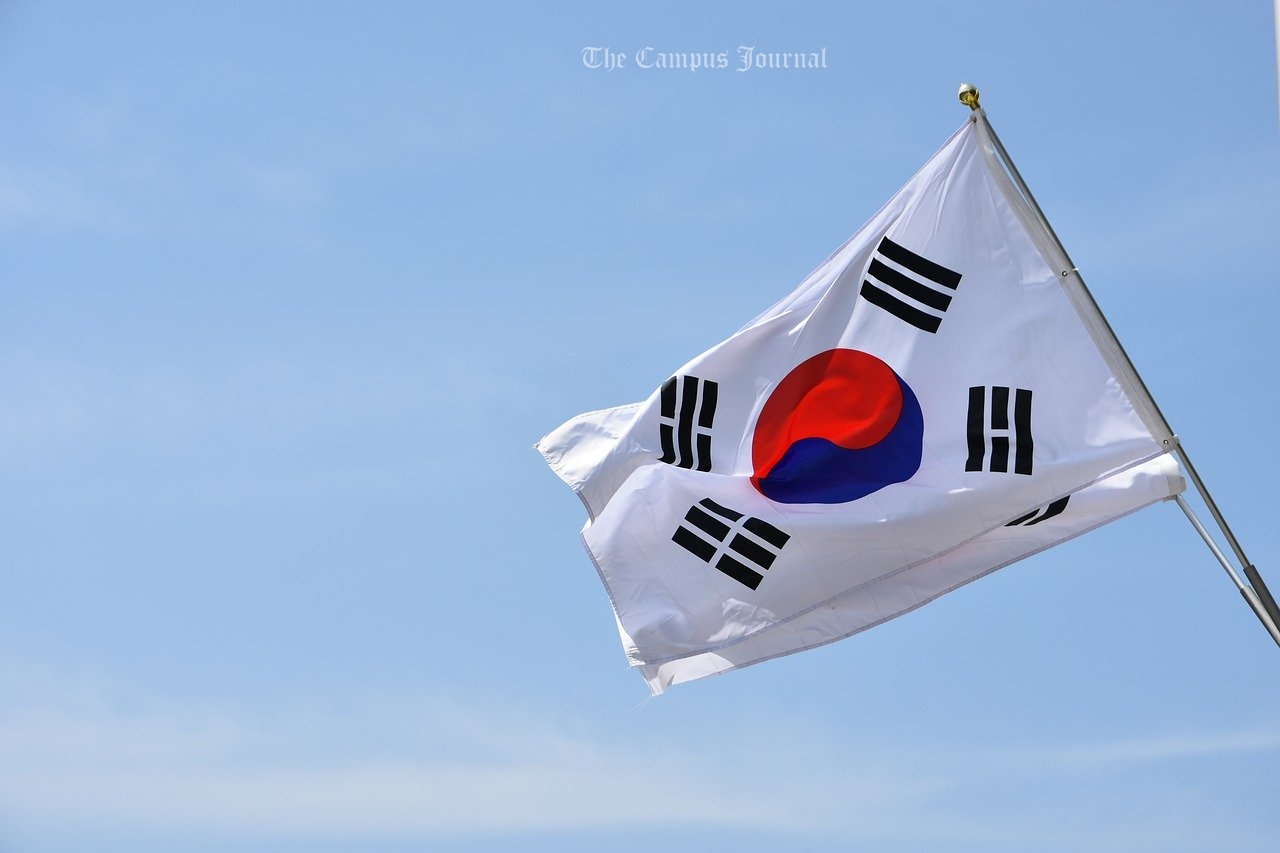 |
| ▲Flying Korean Flag |
March 1st, the Independence Movement Day, is a state-designated Public Holiday. The reason why March 1st became a public holiday, was to commemorate and celebrate the noble spirit of independence of our people: forever. A National Holiday designated by law to celebrate together as a whole nation. Additionally, there are other holidays that signify unity and independence: Constitution Day, National Liberation Day, the National Foundation Day of Korea, and Hangul Proclamation Day. Independence Movement Day, is the day of Korea’s Declaration of Independence against Japanese Imperialism on March 1, 1919, when the Japanese colonial era came to an end.
In 1910, Koreans, who were deprived of their country by Japanese Imperialism, staged fierce resistance and armed struggles both at home and abroad. However, as Japanese Imperialism continued to commit violent suppression and economic looting, the Korean people’s anger, and willingness to resist Japanese Imperialism, grew even more. In 1919, this anger exploded, therefore, the March 1st Independence Movement, in which the entire nation participated, took place. The March 1st Independence Movement has great historical significance in that it served as an opportunity for the Declaration of Independence and the establishment of the provisional government of the Republic of Korea. In addition, it was also a humanitarian movement to restore freedom and peace, which was violated by the invasion of Japanese Imperialism, thus, the Independence Movement Day is celebrated by the whole nation as a holy day, when the Republic of Korea was revived.
Every year on March 1st, various commemorative events are held around the country to raise the national spirit while commemorating and mourning the patriotic martyrs. At the Independence Hall of Korea in Cheonan, you can participate in reenactment events of the March 1st Independence Movement and experience various cultural events. At the Seodaemun Prison History Hall, everyone marches together, waving the Korean Flag, shouting, “Hurray for the independence of Korea!” At the Cheonan Awunae Festival of Lighting of the Beacon of Fire, like the March 1st Independence Movement 103 years ago, everyone can become one and commemorate the day by lighting the beacon tower that marked a new beginning: torch marching, singing a song of the March 1st Independence Movement and finishing with a reading of the Declaration of Independence. However, even if you don’t go to these events, you can celebrate the March 1st by hoisting the Korean Flag proudly.
At the beginning of the March 1st Independence Movement, the movement began centering on the Declaration of Independence, but as time passed and spread nationwide, the Taegeukgi and Korean National Anthem that the public could intuitively understand, dominated the celebrations. Therefore, the reason for hoisting the National Flag is that with the March 1st Independence Movement, the nature of the National Flag as a symbol of national resistance and independence, has become solidified in history. Taegeukgi can be raised 24 hours a day, but proper lighting is needed at night. On Independence Movement Day, you can hang it from 7 a.m. to 6 p.m. considering the sunset time. However, if there is a risk of damage due to severe weather events such as rain, wind, etc., the National Flag should be lowered. The location of hoisting the Taegeukgi varies from place to place, and in the case of houses or apartments, the flag is hoisted in the center or on the left, when viewed from outside the house. In the case of a vehicle, it is hoisted on the left when viewed from the front. It is hung high on holidays and weekdays, and lowered on days of condolences such as Memorial Day. In addition to the Independence Movement Day, a law is enacted to hang the National Flag on Memorial Day on June 6th, Constitution Day on July 17th, National Liberation Day on August 15th, Armed Forces Day on October 1st, the National foundation Day of Korea on October 3rd, and Hangul Proclamation Day on October 9th.
On March 1, 1919, the whole nation had to fight fiercely and shed blood, sweat, and tears with a collective dream of independence. Thanks to the desperate efforts of the 33 Korean leaders and the Korean people, the present Republic of Korea and we as the people of Korea, exist. As you can understand from the saying, “A nation that forgets its past has no future,” history is not just a disappeared thing in the past, but is alive in the present, and will be in the future giving us great meaning. Before thinking that March 1st is just a day off, you should know why Independence Movement Day is a national holiday, and what the true meaning of it is. Besides, you should celebrate Korea’s independence and take time to commemorate the patriotic martyrs. Why don’t you spend time celebrating March 1st every year?
By Oh Sang-hwa, cub-reporter osw8768@naver.com
<저작권자 © The Campus Journal, 무단 전재 및 재배포 금지>

 Shrinkflation, Consumer Deception
Shrinkflation, Consumer Deception




